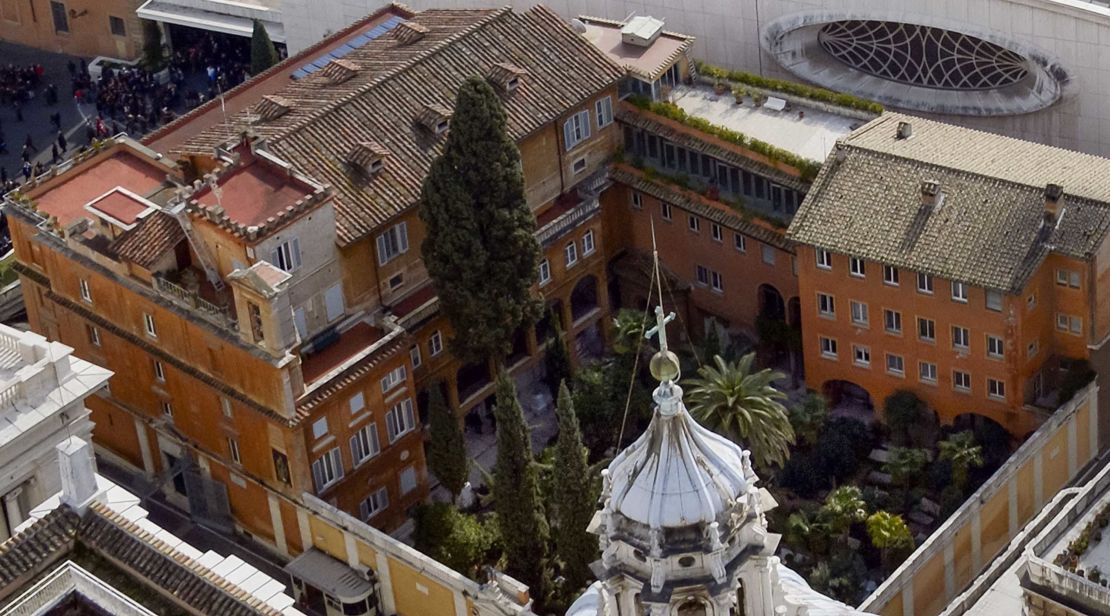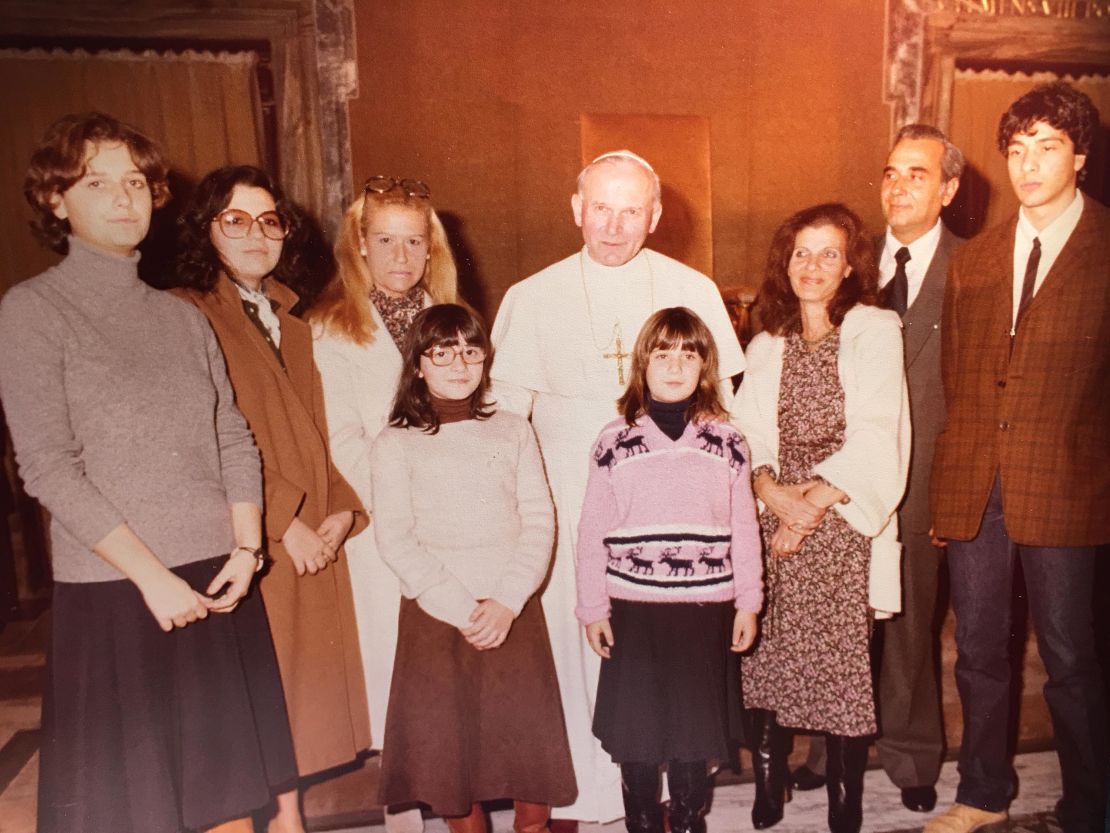After 36 years of looking for his missing sister, Pietro Orlandi had hoped to finally get an answer on Thursday when the Vatican exhumed two tombs nestled in the shadow of Saint Peter’s Basilica.
Instead, it took just a few hours for his hopes to be dashed.
The tombs were empty. There were no human remains, no funeral urns, and certainly no clue as to how his 15-year-old sister Emanuela Orlandi disappeared on her way home from a music lesson one summer’s evening in 1983.
The operation to open the tombs in the Teutonic Cemetery involved over a dozen Vatican workers, and came after an anonymous tip-off to the family to “look where the angel is pointing” – apparently referring to an angel sculpture in the small graveyard that is reserved for German-speaking Catholic burials.

The first tomb – which belonged to Princess Sophie Von Hohenlohe – was “completely empty,” according to Vatican spokesman Alessandro Gisotti.
Likewise, the second tomb – of Princess Carlotta Federica di Mecklemburgo – was also opened and “no human remains were found,” Gisotti added.
Relatives of the two princesses have been informed of the result of the search, Gisotti said.
‘I could have expected everything – except empty graves’
The empty graves only deepen the mystery surrounding missing teenager Emanuela, who was the daughter of a prominent Vatican employee and lived inside the holy city’s walls with her family.
“I could have expected everything – except empty graves,” her brother Pietro told CNN at the exhumation site.

“On one hand I felt a sense of relief, on the other I know that this is not the end. Emanuela deserves the truth and justice,” he said.
“I thought that today we could finally make a step forward, even if painful. Instead we are at a starting point.”
Under the tomb belonging to Von Hohenlohe, workers found a chamber measuring 4 x 3.7 meters. But according to the Orlandi family’s forensic expert, Giorgio Portera, the structure of the chamber was made with cement, which is “not compatible with a 19th-century grave.”
“It appears strange to me that there are no documents that tells us why there graves are empty,” he told CNN.
Shortly after the exhumations, the Vatican said that a further investigation is now underway into documents to “verify structural works that took place in the Teutonic Cemetery at the beginning of the 1800s, and also during the 1960s and 1970s.”

A dark page in Italian history
The girl’s disappearance has gripped Italians for more than three decades, inspiring conspiracy theories involving everyone from mobsters to international terrorists and the highest echelons of the Vatican.
Emanuela’s mother Maria lives just a few hundred meters from the graveyard where the exhumations took place.
Following the opening, the Vatican said in a statement that it “wants to reiterate that it has always expressed attention and closeness to the suffering of the Orlandi family, especially Emanuela’s mother.”
Emanuela went missing on July 22, 1983 after attending a flute lesson in the grounds of Sant’Apollinare basilica in central Rome.
Her father Ercole worked as a clerk in the pontiff’s household and over the years there have been various investigations into her disappearance, all of which have proved inconclusive.
The Orlandi family lawyer, Laura Sgro, said that after 36 years the family and Italians “deserve the truth.”
“The case of Emanuela Is related to too many dark pages of this country,” she said.





